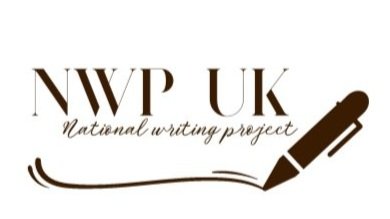Secondary English teacher Theresa Gooda reflects on negotiating some of the challenges of writing at KS3.
Once a fortnight, all KS3 students at my school (about 600 of them) are required to undertake a ‘200-word writing challenge’ as part of their English timetable.
They are given the following instructions:
There is a new topic to write about every time. You must not go over 200 words and you only have 25 minutes to write!
You are given a list of new words and techniques to get into your writing: that’s the challenge!
You will have time to think and plan out ideas before the 25 minutes starts.
Then, a partner will check your word count and ingredients. You will have extra time to improve your work.
Next, they are offered a centrally-generated prompt of some sort: perhaps to write in response to an image, or with a first or last line provided.
The task is well-intentioned: to invite regular, independent writing in a variety of genres and voices, and to encourage students to be experimental. I bridle a little at the notion of the ‘challenges’, however, not to mention the ‘checking’ of ‘ingredients’ and the restrictions which are imposed through such a rigid structure. Here is a typical example:
I know that as a writer I might not want to write ‘from the perspective of one of the moon’s on the floor’. I certainly don’t imagine that I would be happy thinking that my fifth sentence ‘must begin wtih a present participle verb.’ That’s just not how writers operate.
But, with a little creative mediation of the task and a tinkering with department slides, it’s easy to represent this in more permissive and genuninely exploratory ways.
I first came across the phrase ‘creative mediation’ a few years ago, and although Jeffrey’s (2003) research was in a primary context, I have found it a useful one in thinking about my interpretation of policy and curriculum demands.
So, in creatively mediating these particular lessons I tend to:
invite students to create lists and wordhoards at the prompt stage, then encourage discussion, sharing and freewriting bursts before the main writing phase
ignore the word count, reminding students that it’s a guiderope not a tightrope
change the modality of all the challenges from ‘you must’ to ‘you might like to’, with the final challenge being that we (because I write with the students, of course) might like to ignore everything that’s on the slide
answer any questions that begin, ‘Can I…?’ or, ‘Am I allowed to…?’ with my own question of, ‘Who is the author…?’ or ‘Who’s decision is that to make…?’
read and respond to everything that students write, and invite small numbers to share at our next session, rather than having students ‘check’ each other’s writing. It doesn’t take long, and it is enormously appreciated.
Educational reforms in recent years have tended towards an emphasis on raising achievement levels. This emphasis can mean that teachers become increasingly restricted in the approaches that they are able to take; there is a danger of ‘de-professionalisation’ as opportunities to make judgments about individual classrooms are removed in the drive for homogeneity. Creative mediation of policy and curriculum occurs with teachers’ iterative synthesis of knowledge, in knowing what’s best for their students. In the current climate, perhaps we could all do with more permissions and some creative mediation.
References:
Jeffrey, Bob (2003). Countering student ’instrumentalism’ through creative mediation. British Educational Research Journal, 29(4) pp. 489–503.


